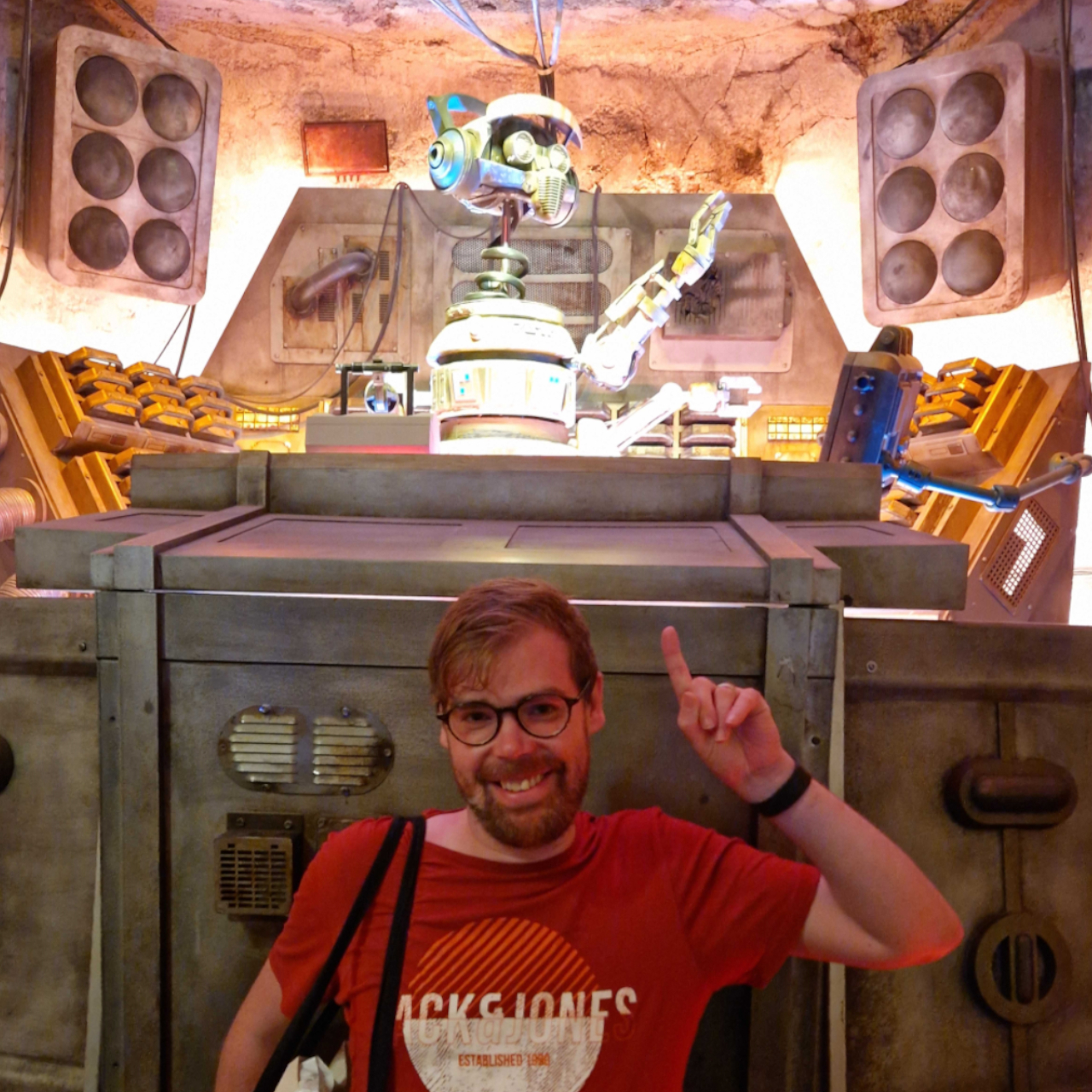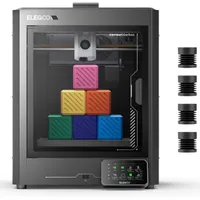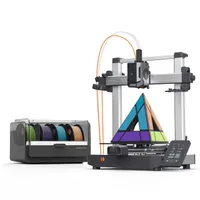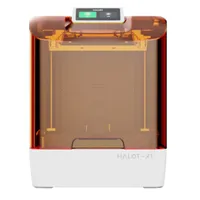Black Friday is over, but you can still save up to $1,300 and get cheap 3D printers for much less this month
Save on brand-new machines, or older favorites
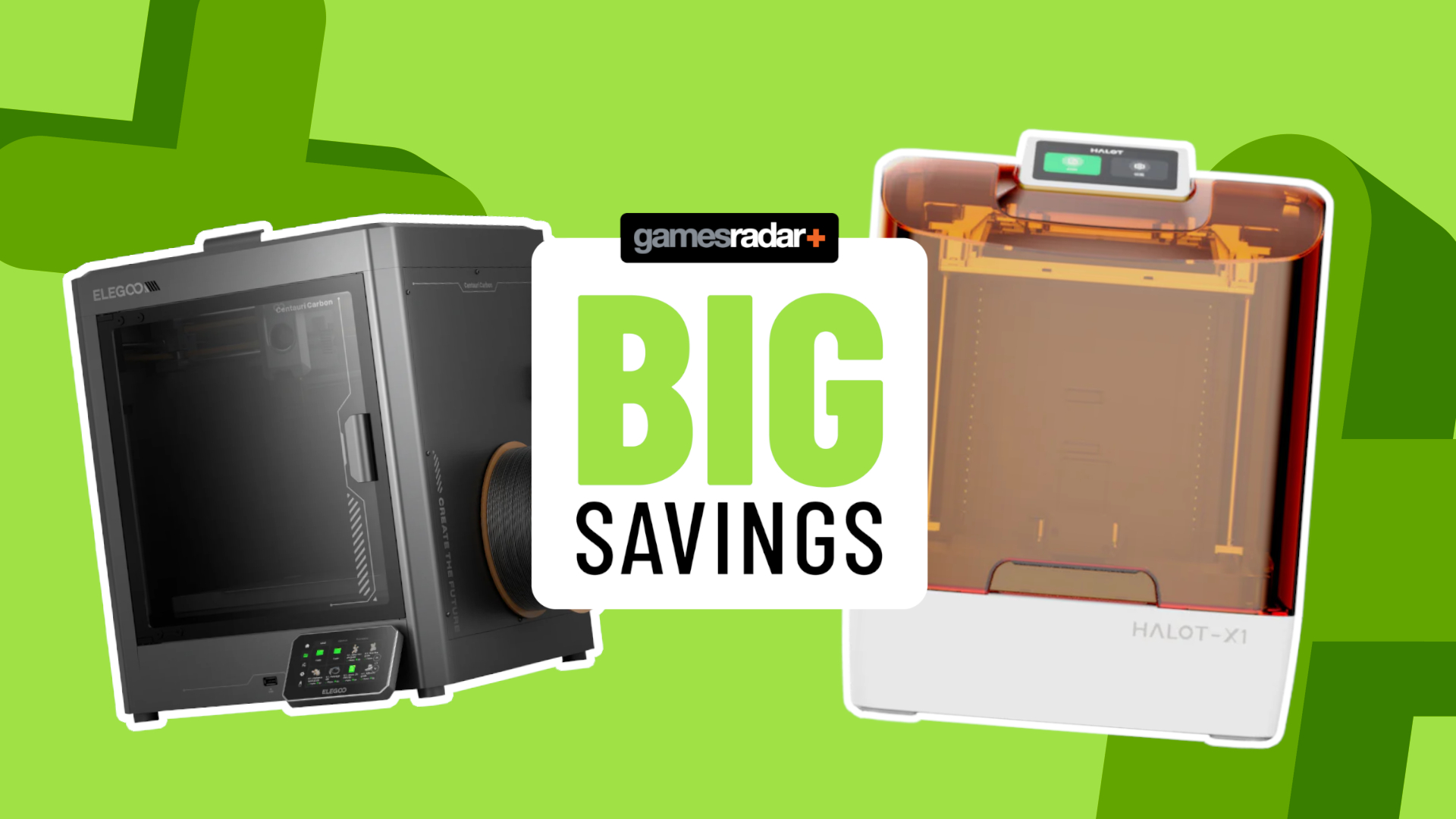
1. Quick links
2. Best deals
3. How we find deals
4. FAQ
You don't need to wait for big sales to get cheap 3D printers; there are plenty of discounts all year round, so long as you know where to look. To help point you in the right direction, the GamesRadar+ team and I have corralled the best 3D printer deals here.
This list of savings includes everything from professional-grade options to beginner-friendly machines, so you should find something to suit you below regardless of what you want to make. And if you're keen to find the best 3D printers for miniatures and cosplay? Well, you're in luck. A few are included in this month's roundup of cheap 3D printers, partially due to the Father's Day sale that's all the rage at multiple manufacturers right now.
Because we've been handling all things bargain for almost six years, we've also gathered our fair share of tips and tricks. Where will you find the best offers, and how do you know if something is a good deal or not? Read on for the full lowdown on the best 3D printer deals.
Quick links
December 8, 2025: Each listing on this page has been checked, verified, and updated when needed. New discounts have also been added to the 'Editor's choice' section.
- Amazon deals: Save up to $100
- Walmart deals: Get up to $700 off
- Newegg deals: Up to $110 off
- Anycubic deals: Save up to $450
- Elegoo deals: Up to 53% off
- Creality deals: Savings up to $1,300
- Resin deals: Amazon savings up to $12
- Filament deals: Get up to $8 off at Amazon
UK
- Amazon deals: Save up to £100
- 3D Jake deals: Up to £250 off
- Anycubic deals: Get up to £330 off
- Elegoo deals: Save up to £110
- Creality deals: Up to £1,000 off
- Resin deals: Save up to £6 at Amazon
- Filament deals: Get up to £7 off at Amazon
This week's best 3D printer deals
Read moreRead less▼
Elegoo Centauri Carbon (FDM) | $413 $279 at Elegoo
Save $134 - It's not quite as good a discount as the one we saw over Black Friday, but it's still aggressively good value. I adore the machine and use it regularly myself, so would still highly recommend it with that price cut.
Buy it if:
✅ You want a reliable printer
✅ You appreciate the enclosed design
Don't buy it if:
❌ You want multi-color capability out the box
Price check:
💲 Amazon | $299.99
UK price: £399.99 £259 at Elegoo
Read moreRead less▼
Anycubic Kobra 3 V2 Combo (FDM) | $499 $329 at Anycubic
Save $170 - I had a lot of the time for the previous Kobra 3 model, so this massive discount immediately caught my eye. You're still getting the same offer we saw during Black Friday in this week's best 3D printer deals, too.
Buy it if:
✅ You need a beginner-friendly machine
✅ You want multi-color prints
Don't buy it if:
❌ You don't need multi-color printing
Price check:
💲 Amazon | Out of stock
UK price: £469 £299 at Anycubic
Read moreRead less▼
Creality Halot-X1 (resin) | $599 $469 at Creality
Save $130 - This machine has blisteringly fast printing speeds of 170mm/h, and it's still sitting pretty at its Black Friday price. I don't think we've ever seen it for less, so it's a front-runner for today's cheap 3D printer deals.
Buy it if:
✅ You want very high speed
✅ You value high detail
Don't buy it if:
❌ You don't need 16K detail
Price check:
💲 Amazon | Out of stock
UK price: £579 £439 at Creality
How we find 3D printer deals
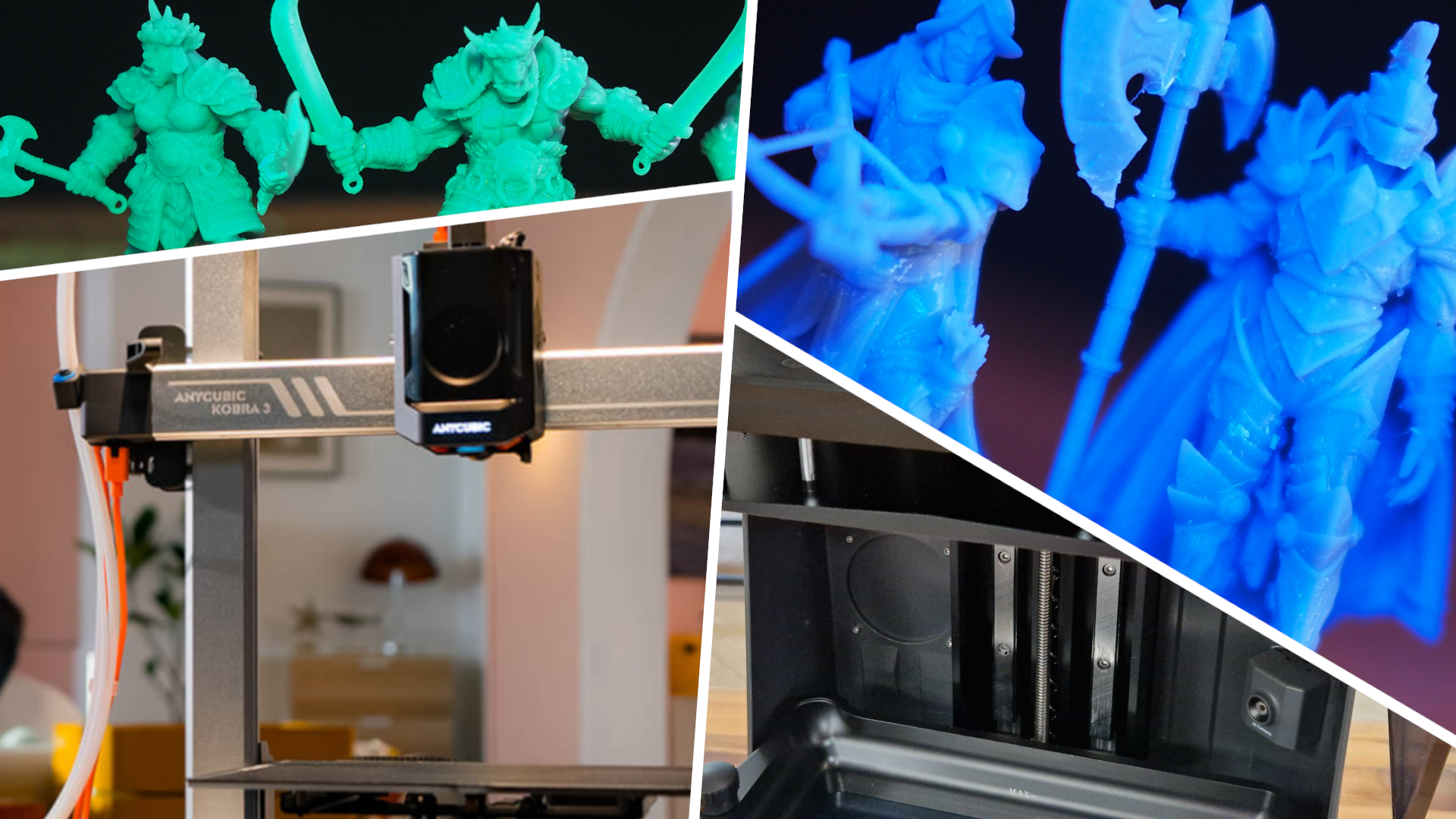
Curious about how and why we choose the offers we do when hunting down 3D printer deals? Well, we pride ourselves on finding the lowest prices on the best machines, and to do so, we do the following:
Read moreRead less▼
🛒 We browse trusted retailers ourselves
We don't rely on tech to do the deal-finding for us; our staff actively trawl retailers and manufacturer store pages to see what jumps out at them. We're fans too, so what excites us is likely to excite our readers as well.
Read moreRead less▼
💲 We use price-matching software
Some offers claim to be better than they are, so we always check in with price matching software to make sure you're getting the best possible offer. Our favorite is CamelCamelCamel, and it informs us of everything from average cost to an item's lowest ever price.
Read moreRead less▼
🏪 We compare with other retailers
We don't just call it quits when we find a good offer; we make sure we check with other stores to see if someone else has a better discount. That's why you'll find a 'price check' section on each deal here.
Cheap 3D printer FAQ
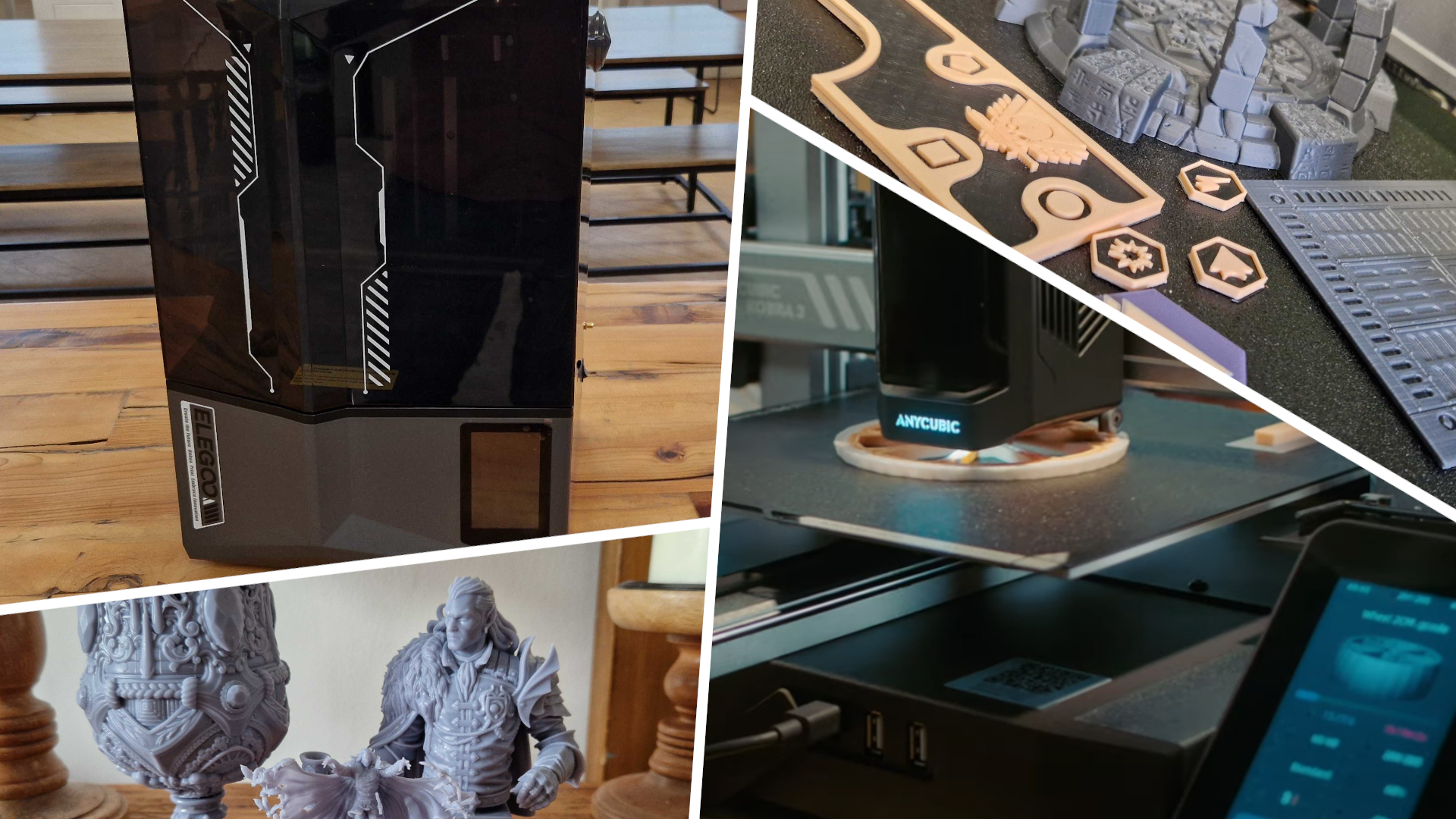
Where will I find the best cheap 3D printers?
Even though popular retailers such as Amazon and Walmart are great for discounts, I'd always recommend checking the manufacturer stores as well. If you head to Anycubic, Elegoo, Creality, and the rest, you'll often find the steepest savings - particularly on new machines. In fact, they're normally better than any other reduction out there.
How do I know if the cheap 3D printer deals are actually good?
It can be difficult to tell whether an offer is actually good or just 'OK' when it comes to cheap 3D printers, so it's sensible to put in some research before hitting checkout. To find out whether you've struck gold, I'd recommend dropping in on price history sites like Camelcamelcamel. This will tell you everything from lowest ever prices to average cost, allowing you to make a more informed decision rather than being swept up in the moment.
The GamesRadar+ team and I have been hunting bargains for a long time now, and these price-comparison sites have never let us down. It's how we decide what to feature on 3D printer deals roundups like this, actually; if the reduction in question isn't better than the average price for the item, it won't appear here.
Should I wait for Black Friday or Prime Day?
Although the year's major sales events are your best opportunity to secure a bargain, that isn't to say you shouldn't shop at any other time. As is so often the case on this page of cheap 3D printers, you can get record low prices at other times of year if you keep your ear to the ground.
Still, the best discounts do tend to happen after Thanksgiving as part of the Black Friday 3D printer deals. If you want maximum value for money, it's not a bad idea to hang fire in case a better price cut comes along at the end of November.
For advice on how to use your new machine, be sure to check out our guide on how to 3D print miniatures. Need a better device for slicing, on the other hand? The best gaming PCs should sort you out.
Weekly digests, tales from the communities you love, and more

I've been writing about games in one form or another since 2012, and now manage GamesRadar+'s tabletop gaming and toy coverage. You'll find my grubby paws on everything from board game reviews to the latest Lego news.
You must confirm your public display name before commenting
Please logout and then login again, you will then be prompted to enter your display name.
